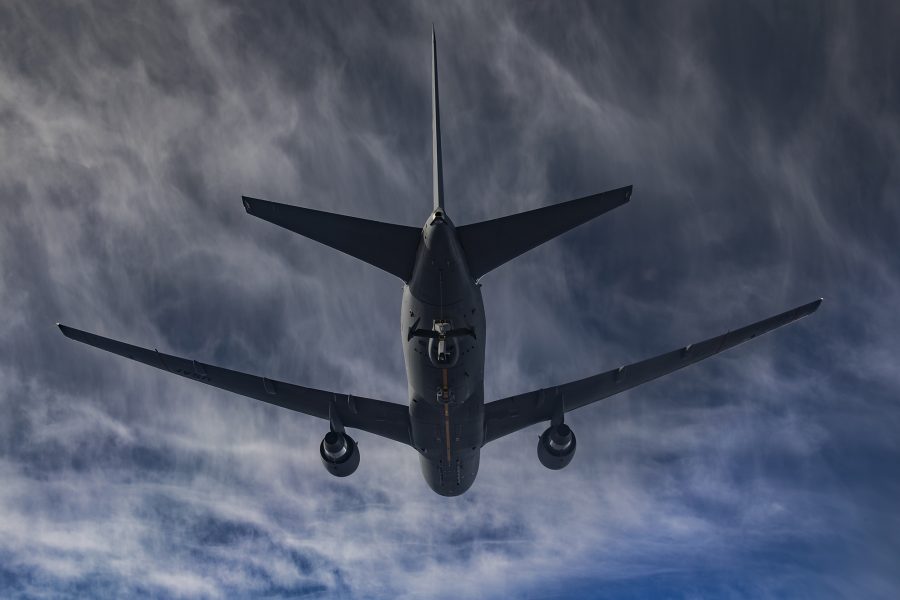Aerial refueling tanker availability remains a major roadblock to readiness for US Transportation Command, prompting the military to look at retaining even more aging tankers as well as the possibility of relying on private contractors to fill the gaps, the head of TRANSCOM said.
Army Gen. Stephen Lyons said Jan. 28 that problems with the KC-46 Pegasus program are causing ripple effects that could ultimately shrink the number of aircraft that are available for operations.
“We’ve got to figure out a way to mitigate the delayed fielding of the KC-46,” Lyons said at an Atlantic Council event in Washington, D.C.
The Air Force has said it will not be able to deploy the KC-46 for three to four years because of ongoing issues with the aircraft’s remote vision system that boom operators use to refuel aircraft. This is in addition to other delays and setbacks, including now-resolved problems with foreign object debris found inside planes and issues with the aircraft’s cargo locks that restricted its ability to carry personnel and materiel.
Lyons said TRANSCOM is working with the Air Force to keep older tankers around longer to “have continuous coverage for the joint force as we work through the issues” with the Pegasus. The command has previously said it wants to retain 28 additional KC-135s, and Air Mobility Command boss Gen. Maryanne Miller has said the command is looking at keeping even more of the tails in service.
Lyons also said he is open to the possibility of leasing tankers from private companies. He agreed with Miller’s past comments that private tankers could help “take the pressure off the force” by flying certain missions within continental United States. While those tankers wouldn’t be allowed to fly in combat, they could be available for training sorties and test and evaluation missions.
AMC recently held an industry day with more than a dozen companies to explore the possibility of privatization, though no official program or plan has been developed.
The Air Force has said, in its Air Force We Need plan, that aerial refueling is its biggest shortfall in future plans, and Lyons said that tankers are within his command the most stressed and exceeding “deploy to dwell” red lines.
